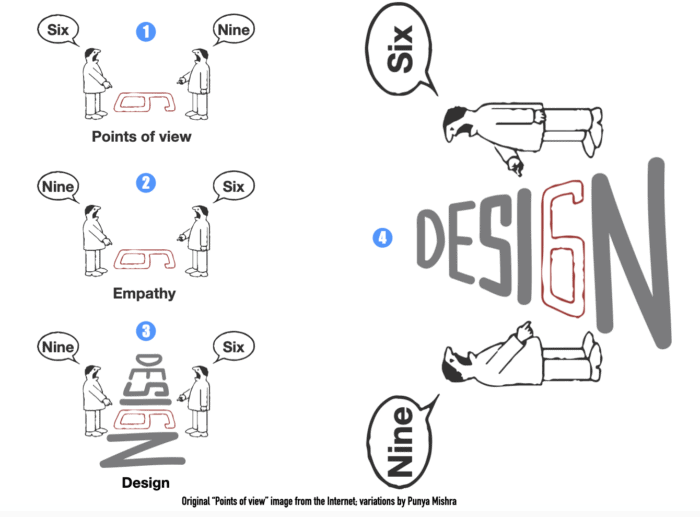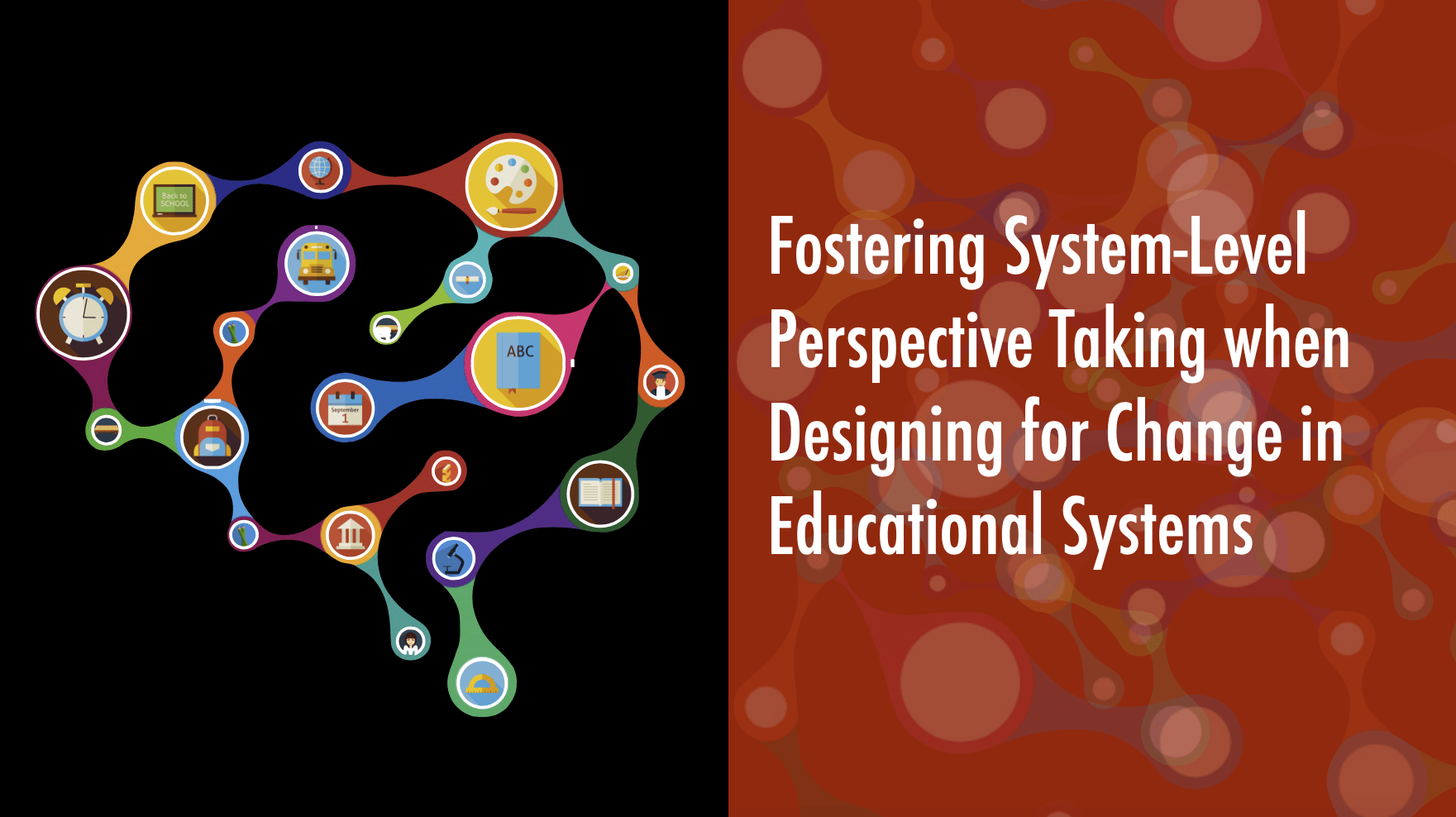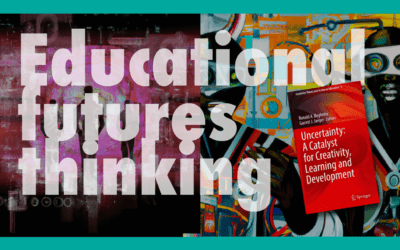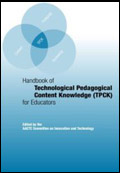How do you design for change in complex systems—like education?
Implementing large-scale changes within educational systems can be a challenging task. Doing so requires many actors, working at different organizational levels (and perhaps across organizations), to not only be unified in their overall goals and coordinated in their actions, but also have the freedom to respond to changing local circumstances and unanticipated issues. In this paper we argue that these efforts can be fruitfully seen as being an act of design that take place within a complex social system. We contextualize our argument in the five spaces for design in education framework and demonstrate how the differing perspectives of educational professionals can either work at cross-purposes or be aligned to a larger goal. A sensitivity to these five spaces and an understanding of their interconnected nature can provide us with tools and approaches to bring about significant, sustainable change in education.
Citation, abstract and a link to article below.

Weiner, S., Warr, M., & Mishra, P. (2020). Fostering System-Level Perspective Taking when Designing for Change in Educational Systems. TechTrends. https://doi.org/10.1007/s11528-020-00529-w
Abstract: A core element of systems thinking is perspective taking. Perspectives help people distinguish between salient and irrelevant information, take particular types of actions, and make sense of the world. In this article, we consider what systems thinking and perspective taking means for designers in education. First, we present a framework, the five spaces for design in education, to illustrate design work in education. The framework presents five spaces for design: artifacts, processes, experiences, systems, and culture. We claim that most—if not all—educators participate in design work; however, the design spaces they work in vary. Consequently, educational designers often fail to consider the perspectives of those working in different spaces, resulting in failed reform efforts. We illustrate this concept through the technology integration attempts of the Los Angeles Unified School District. We argue more effective design in education occurs when designers both recognize their own design perspective and are aware of other perspectives.
Here are some related posts and articles
- The 5 spaces framework: Talking about design in education
- A systems view of technology infusion
- Fixing clocks and negotiating systems
- Designing theory
- Video: Technology & Education: A provocation
- Human values in a disruptive world: business, ethics, education and creativity (with Danah Henriksen)
- Design Learning Futures through Principled Innovation: 2 blog posts (I and II).




 Handbook of Technological Pedagogical Content Knowledge (TPCK) for Educators, Edited by The AACTE Committee on Innovation and Technology
Handbook of Technological Pedagogical Content Knowledge (TPCK) for Educators, Edited by The AACTE Committee on Innovation and Technology
0 Comments